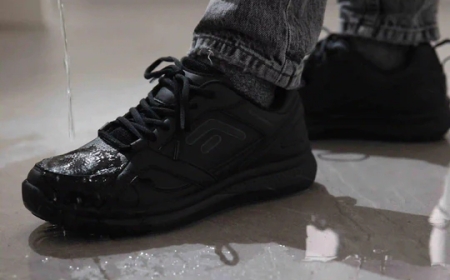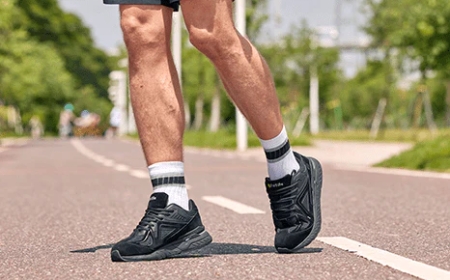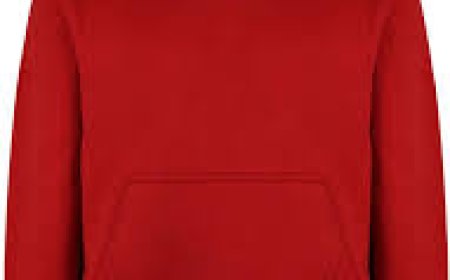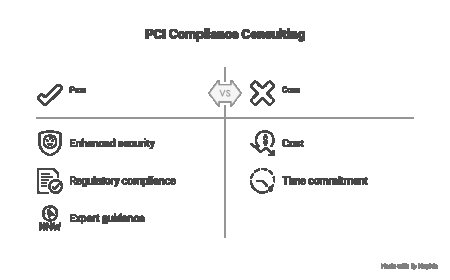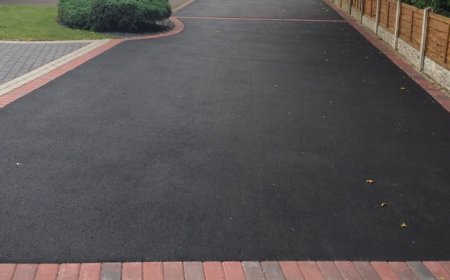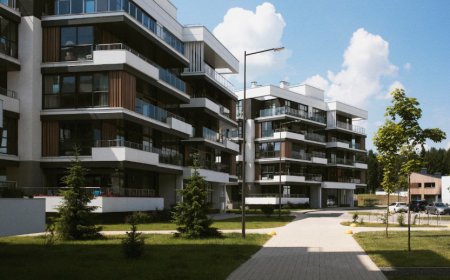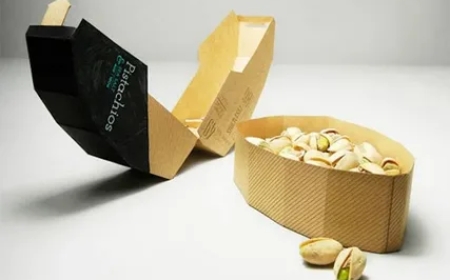Tree Pruning: The Ultimate Guide to Healthier, Happier Trees
Tree pruning is both an art and a science. Whether you’re trying to keep your landscape looking fresh, encourage fruit production, or just prevent dangerous limbs from falling, proper pruning makes all the difference.

Ever looked at a tree and thought, That thing needs a haircut? Thats pruning in a nutshell. Tree pruning is about more than just making trees look goodits essential for their health, safety, and longevity. Lets dig into how you can keep your leafy friends in tip-top shape.
Why Tree Pruning Matters
Trees arent just landscape decorations. Theyre living organisms that need occasional maintenance. Proper pruning keeps them healthy, strong, and less likely to cause trouble.
Common Misconceptions About Pruning
Think you should just chop off random branches? Nope. Bad pruning can actually harm your tree. Its more science than guessworkand definitely not a one-size-fits-all job.
What is Tree Pruning?
Definition and Purpose
Tree pruning is the process of selectively removing branches to improve a trees structure, appearance, and health. It can prevent disease, promote new growth, and reduce risk.
Pruning vs. Trimming: Whats the Difference?
-
Pruning: Health-focused, removing dead or diseased limbs
-
Trimming: Appearance-focused, shaping for aesthetics
Benefits of Tree Pruning
Promotes Tree Health
Removing dead or diseased limbs stops rot and decay from spreading to the rest of the tree.
Improves Safety
Falling limbs are no joke. Pruning minimizes the risk of branches snapping off in storms or high winds.
Enhances Aesthetic Appeal
A well-pruned tree looks balanced and beautiful. Think of it like landscaping with a living sculpture.
Encourages Fruit and Flower Production
Proper cuts direct energy into growing fruit or flowers, not just unnecessary foliage.
When to Prune Trees
Seasonal Guidelines
-
Winter: Best for structural pruningtrees are dormant.
-
Spring: Good for flowering trees (right after blooming).
-
Summer: OK for small touch-ups.
-
Fall: Avoid pruningcan stimulate new growth before frost.
Signs a Tree Needs Pruning
-
Dead or dying branches
-
Branches crossing or rubbing
-
Overgrowth blocking sunlight
-
Hanging limbs near roofs or power lines
Exceptions and Special Cases
Some trees (like maple or birch) bleed sap if pruned in winterbest to prune them in summer.
Types of Tree Pruning
Crown Thinning
Removes small branches throughout the crown to allow light and airflow. Think of it as giving your tree room to breathe.
Crown Raising
Cuts lower branches to raise the trees canopyperfect for keeping sidewalks and driveways clear.
Crown Reduction
Trims back the overall size without butchering the treeideal for trees getting too close to buildings or power lines.
Deadwooding
Exactly what it sounds likeremoving dead branches to reduce the risk of falling limbs and disease.
Structural Pruning
Used for young trees to shape them as they grow strong and balanced.
Tools Used in Tree Pruning
Hand Pruners
Great for small branchesyour go-to for minor pruning.
Loppers
Long-handled pruners for medium-sized branches. Adds leverage for easier cuts.
Pruning Saws
Used for larger branchesmake sure the blade is sharp for clean cuts.
Pole Pruners
Allows you to reach high branches from the ground. Less ladder, more safety.
Safety Gear
Dont skimp on gloves, goggles, and a helmetespecially if youre pruning anything overhead.
DIY Tree Pruning Tips
What You Can Do Yourself
-
Small trees and young saplings
-
Dead branch removal
-
Light shaping
Safety Precautions
-
Dont prune near power lines
-
Avoid pruning large limbs alone
-
Watch your footingespecially on ladders
Pruning Mistakes to Avoid
-
Topping trees (horrible for health)
-
Over-pruning
-
Making rough or uneven cuts
Hiring a Tree Pruning Professional
When to Call an Arborist
If the tree is:
-
Too tall
-
Near a building
-
Diseased or damaged
-
Requires climbing
How to Choose the Right Company
-
Look for ISA-certified arborists
-
Check reviews
-
Get a written estimate
Cost Expectations
You might pay:
-
$75$150 for small trees
-
$200$500+ for large or hazardous trees
Price depends on size, access, and job complexity.
Pruning for Fruit Trees
Best Practices
-
Thin branches to improve sunlight and airflow
-
Remove suckers and water sprouts
-
Use sharp, clean tools
Timing for Optimal Yield
Late winter or early spring is bestbefore new growth begins but after the risk of deep freeze.
Pruning for Flowering Trees
How to Keep Blooms Healthy and Vibrant
-
Prune after flowering to avoid cutting off next seasons buds
-
Focus on shaping and thinning, not heavy cutting
Environmental Impact of Pruning
Composting Pruned Material
Dont trash the branchesshred them into mulch or compost to enrich your garden.
Avoiding Over-Pruning
Removing too much weakens trees and reduces lifespan. The general rule? Never remove more than 25% of a trees canopy in a single year.
Conclusion
Tree pruning is both an art and a science. Whether youre trying to keep your landscape looking fresh, encourage fruit production, or just prevent dangerous limbs from falling, proper pruning makes all the difference. Start small, know your tree, and dont be afraid to call in a pro when needed. Healthy trees = happy yard.
FAQs
How often should trees be pruned?
Every 13 years, depending on the trees species, age, and location.
Can pruning kill a tree?
Yesif done incorrectly or excessively. Always prune with care.
Whats the best time to prune?
Late winter or early spring for most trees, but it varies based on species.
Is it okay to prune trees in summer?
Light pruning is fine. Avoid heavy cuts in extreme heat.
How much does professional pruning cost?
Anywhere from $75 to $500+, depending on tree size and complexity.





